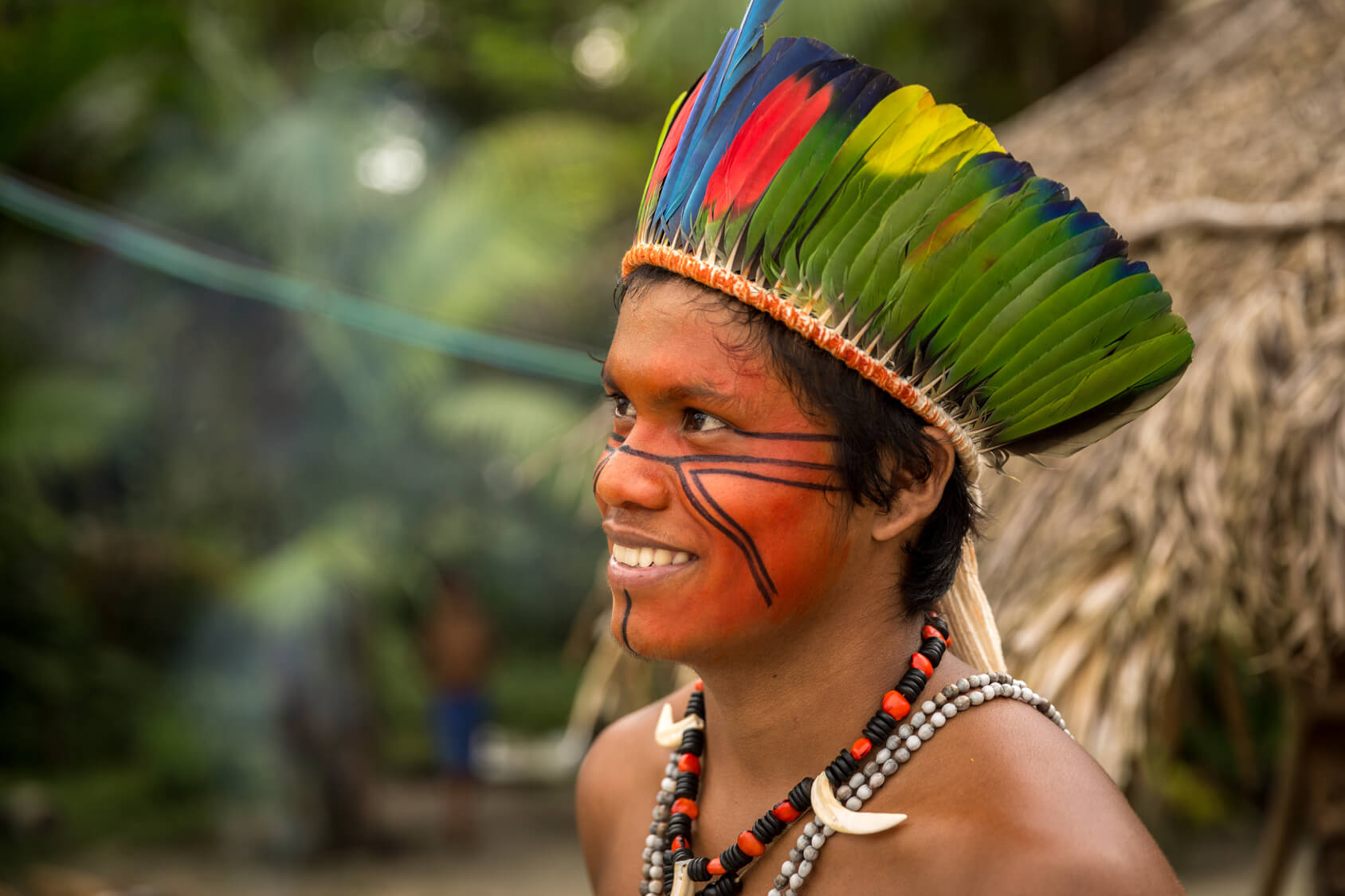The Tupi-Guarani language family, consisting of approximately fifty languages including extinct ones, has influenced many words we use today, such as “jaguar” and “piranha”.
Recently, an international team of researchers led by Dr. Fabrício Ferraz Gerardi from the University of Tübingen’s Institute of Linguistics applied methods originally developed in molecular biology to investigate the relationships, geographical distribution, and timeline of the Tupi-Guarani languages.
Their research findings have been published in PLOS ONE.
Details about the history of the Tupi-Guarani language family, which includes about 40 languages still in use and at least nine extinct ones, remain largely elusive.

While languages like Paraguayan Guarani have six million speakers, others like Amondawa and Juma have fewer than a hundred.
Phonetic transcriptions of extinct languages, recorded by previous-century researchers, have provided some knowledge about these languages.
To analyze the relationships between different Tupi-Guarani languages, the team used comparative lists of basic vocabulary.
For instance, they examined whether words like “leg”, “sing”, or “bat” share common roots or are the same across the languages.
Gerardi explained that this approach parallels the method used in molecular biology to analyze genetic relationships among various species, using gene sequences to ascertain similarities and estimate the divergence timeline.
Analogously, phonetic changes in related languages resemble genetic mutations in biological species.
For example, the word for tapir in Tupinambá, a Tupi-Guarani language, is “tapitir”, whereas in Awetí, an evolved language, it is “tapitit”.
By using algorithms from molecular biology, the researchers could analyze extensive vocabulary and grammatical structures of the Tupi-Guarani languages, facilitating the construction of a linguistic family tree.
Gerardi and his team further attempted correlating archaeological artifacts from certain regions with individual languages.
For instance, specific words in the languages describe special characteristics of ceramics discovered in these areas.
This technique helped establish a temporal and spatial connection between the languages and the artifacts, thus indirectly calibrating the timeline of language development.
The research indicates the Tupi-Guarani language family originated in the Tapajós-Xingu basin approximately 2,550 years ago.
However, Gerardi acknowledges the need to further explore archaeological and linguistic evidence to substantiate these findings.

